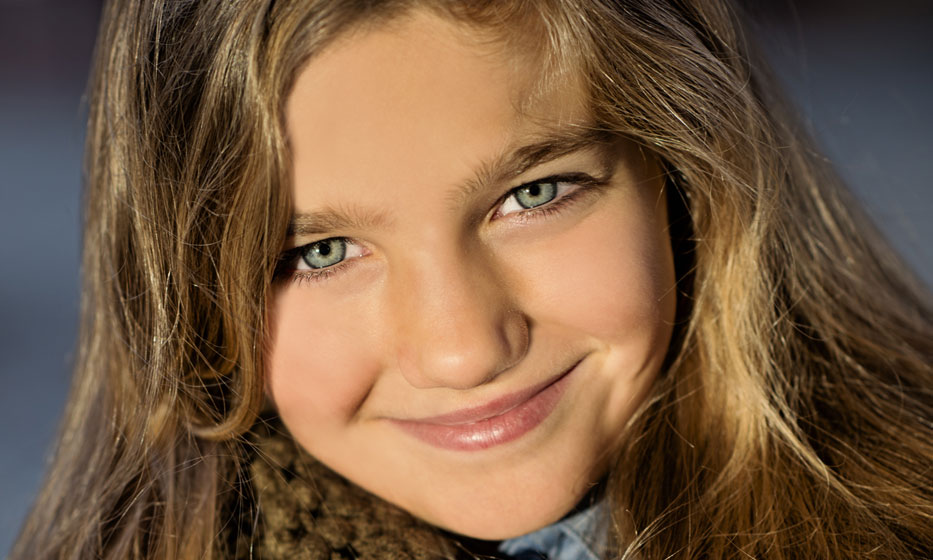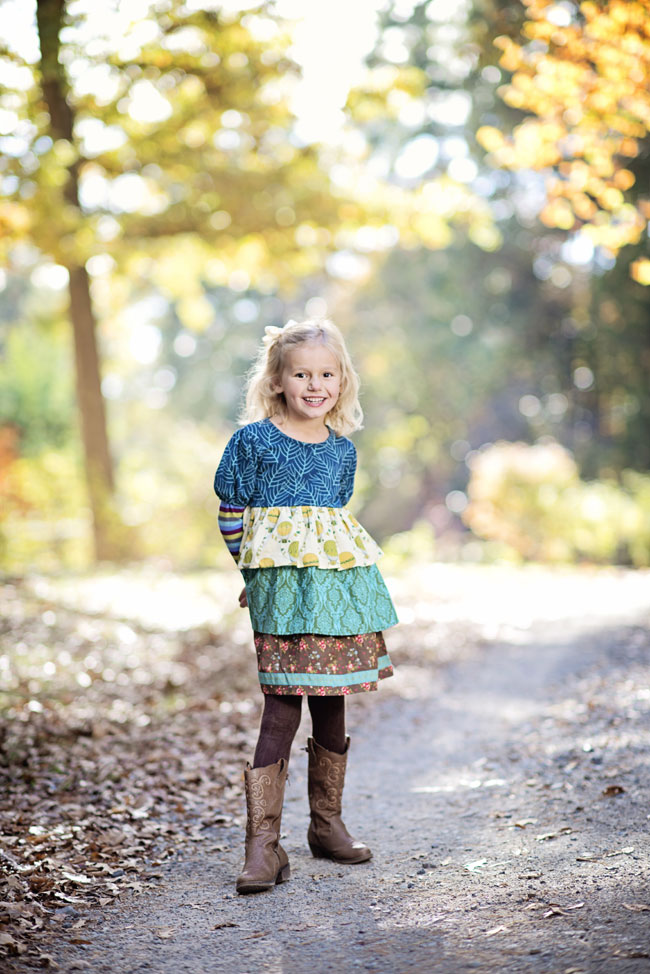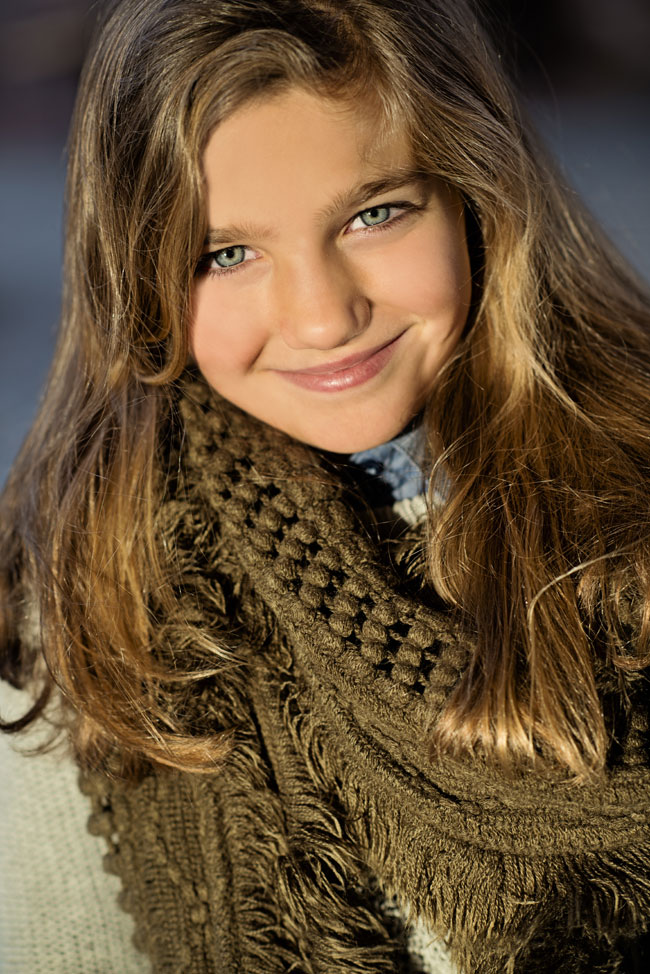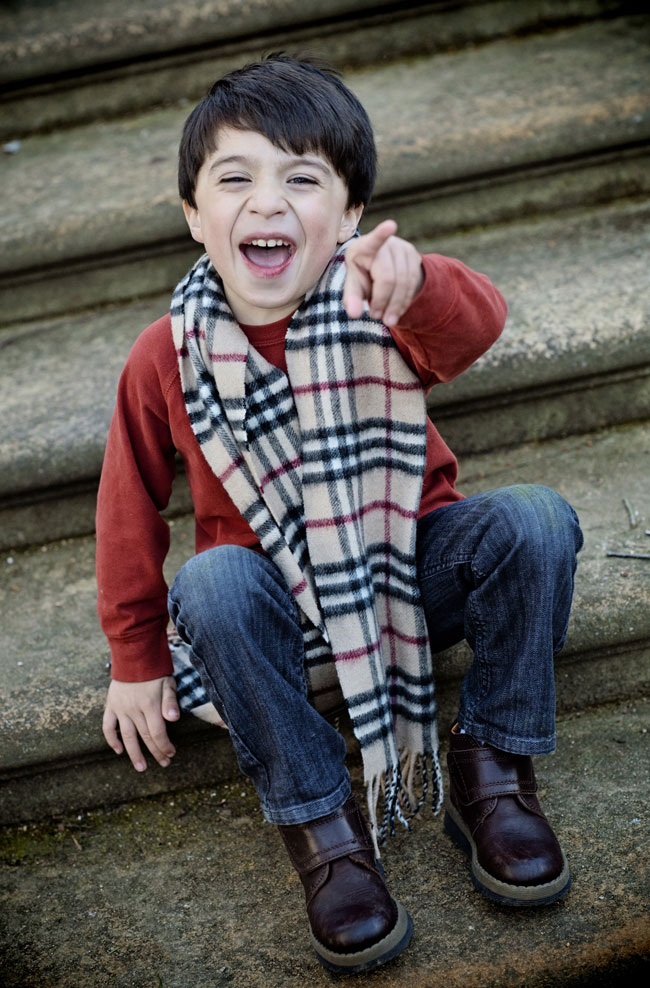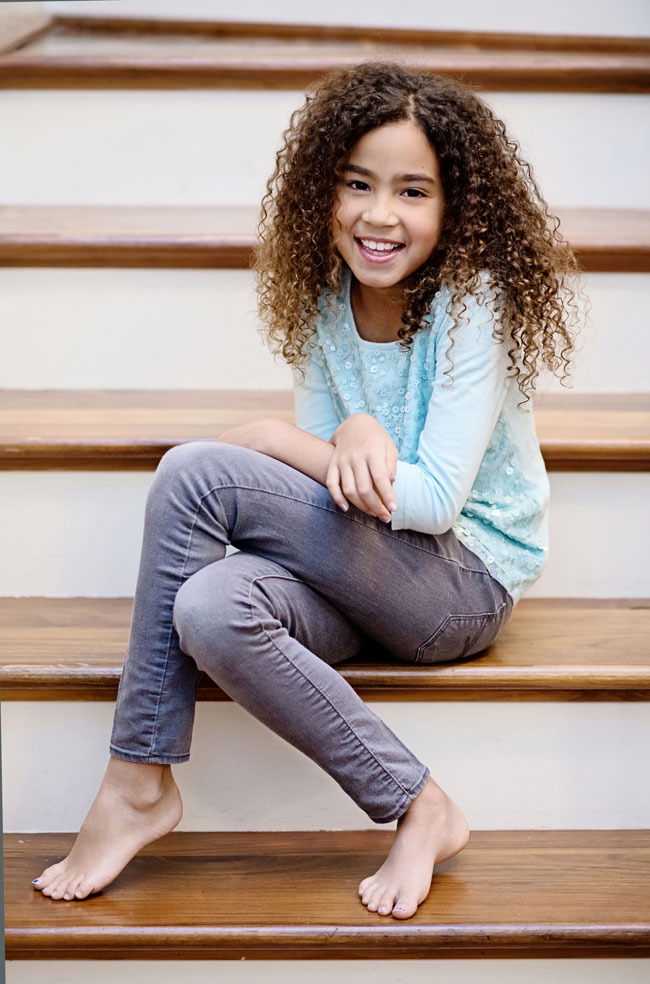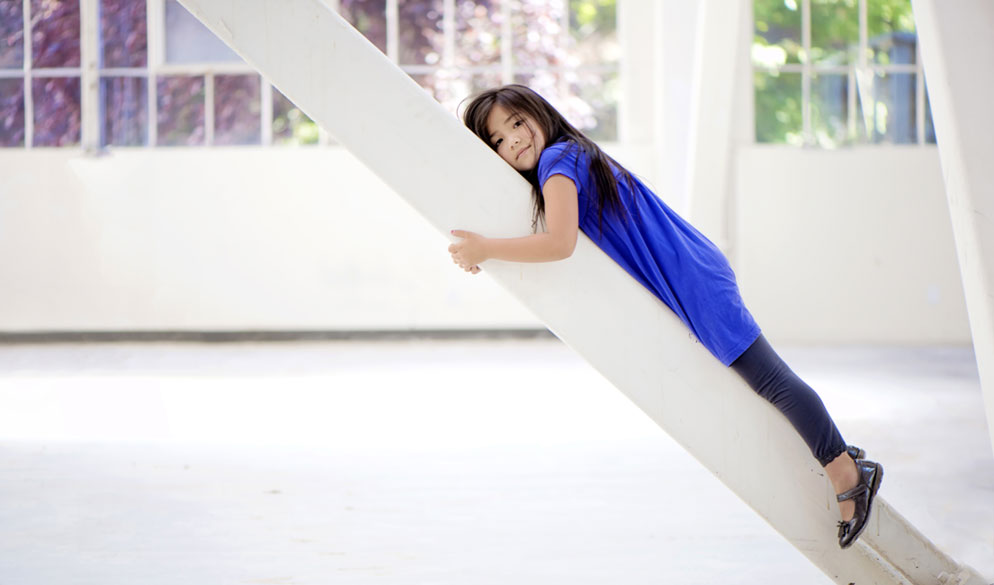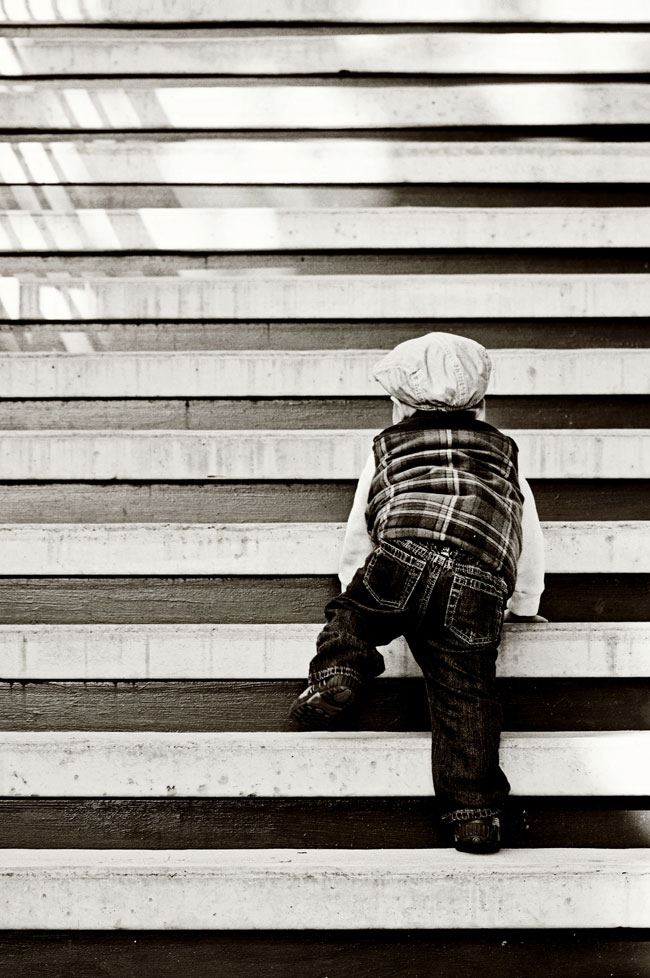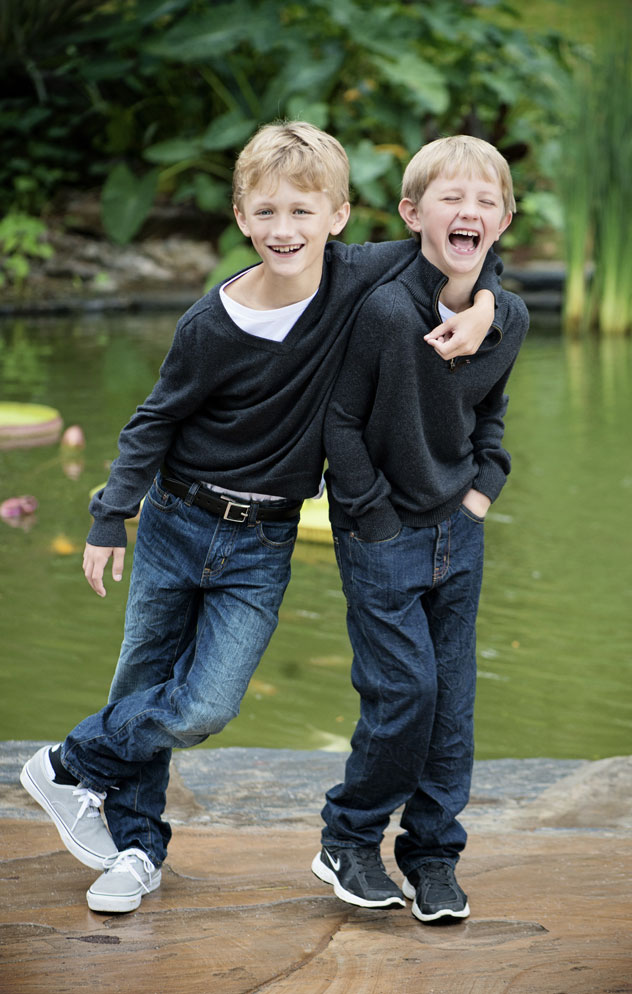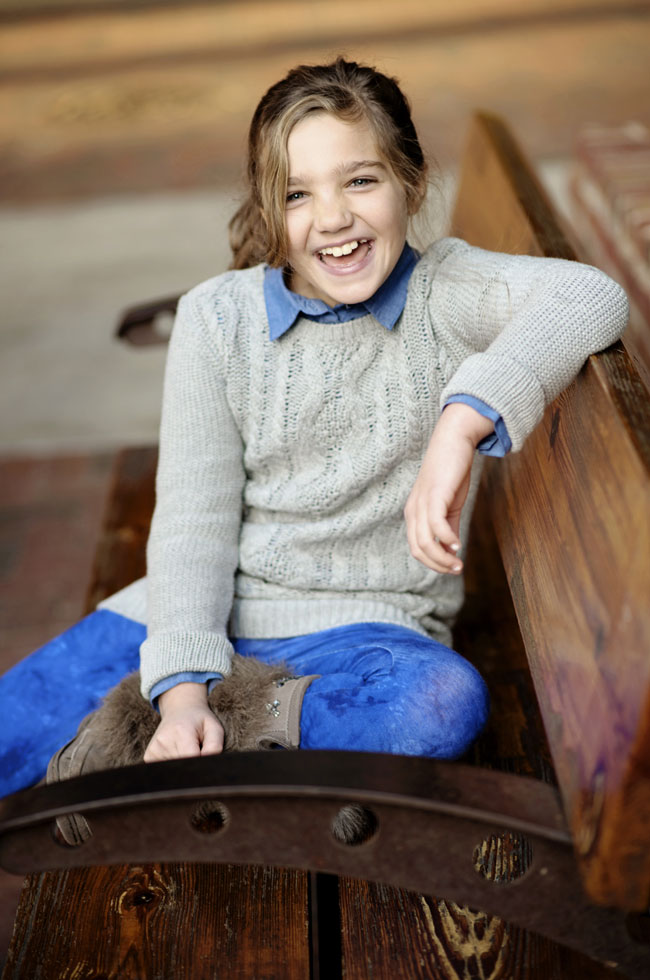A Pro's Tips for the Best Children's Photos
Before you assess the location and the light, before the camera comes out and the lens is chosen, it's a good idea to unpack some strategy and psychology, as they are truly the essential elements you'll need to get the best possible photos of your kids or grandkids, nieces or nephews.
That's one of the things we learned from Tamara Lackey, whose mastery of portraits and lifestyle photographs evidences not only imaging skills but a sure command of the strategies needed to consistently capture the moods, moments and expressions that make for memorable images of children.
Here's more of what we learned:
Ages and Expectations
The ages of your subjects are going to dictate what you can draw from them. "When I'm dealing with younger children—babies through toddlers—part of my job is containment," Tamara says. "I go in knowing they have no interest in being photographed, [and] I have to contain them so just for the millisecond I have, I get an expression that matters." Containment can mean making a game of all or part of the session in order to keep the child in the spot Tamara's chosen, or it can mean setting up a location and gently—"in an inspiring, non-threatening way"—moving the child to it. "I'm always thinking, how do I get them so that I'm not always shooting the back of their heads. For that age, I lower my expectations of what kind of interaction I'm going to get, and I make fast use of the few moments I do get."
From four to nine-year-olds Tamara expects to get a lot of performance art. "They're going to perform for me—watch me do this, watch me do that—so I have to be sure I'm shooting that as well as more authentic images."
From nine to 12 or 13 years of age, she's photographing children who are becoming self-conscious about how they look and how they come across. "They're thinking, was I cool, was I pretty, was I fashionable, and will this look good on Instagram? So one of my jobs is to help them feel sure about themselves, and comfortable, and I take extra steps to photograph them attractively because it matters more to them now. And as I show them that I'm photographing them attractively—because I'm posing and lighting them well—I get more authentic engagement."
With teenagers Tamara's approach is to go with the truth: "Whether stated or not, I acknowledge that I know they don't want to be here being photographed." She'll tell them she's on their side, set a countdown—"it's going to be a couple of hours"—and go to work looking for and catching micro expressions. "It takes only a second to get a laugh or an intense look before they remember they're not supposed to be responding to me." She'll talk with them, but avoid the obvious—"What are you studying in school?" isn't going to work. "They have predetermined responses and expressions for that," she says, so she'll go with the offbeat, like asking about their stances on current congressional bills. The measure of her success with teenagers is the number of times she hears versions of "I had no idea you were getting these!" when her subjects see the images on the back of the camera.
In fact, Tamara says, "When you watch a video of me photographing children, it doesn't look like I'm getting anything, but the amount of time I need for an expression is only 1/200th or 1/1000th [of a] second. I go into shoots giving myself a break, knowing that I need only a hair of a second here and a hair of a second there, and if I get eight to ten of those, it's enough."
Gear Up
And that's where the gear comes in: if you're going to have merely milliseconds to capture expressions, maybe a little longer for poses, you need to look to fast lenses and high shutter speeds to help you out. You also need to work quickly, so complete familiarity with whatever gear you're using is vital. "The worse thing in the world is an amazing moment happening, and you're at the wrong setting or just not ready," is Tamara's take on making the mechanics second, and speedy, nature.
Trust Factor
Having your subjects trust you is obviously key for a professional shooter, but it's equally important for the family photographer. "The best way to start when photographing your kids or nieces or nephews," Tamara says, "is to say, 'My whole goal is to get great pictures and have fun.' And then let them know they're contributing to the success of the photo—it's a confidence builder for them."
Stay Connected
Tamara tends to shoot a lot with the camera away from her body in order to keep interaction alive between her and her subject. "Sometimes when you move the big black box in front of your face, you shut communication down," she says. "I'm very comfortable shooting with the camera away from my face, so I can have exchanges and get really quirky looks. It sometimes appears that the subject is looking off, but she's actually looking at me while I'm shooting with the camera held away." To do this she is most often using a wide-angle lens, like the 35mm, or has the focal length of the zoom lens at its widest—"the 24-70mm is a great lens to use with this technique," she says.
Focus on Expression
"Every single time I'm about to take a photograph, looking at the frame I'm about to shoot, I'm thinking about what I can eliminate," Tamara says. "The more I can eliminate, the more striking the subject's expression will be because viewers tend to hone right in on what matters. All the other things that could be distracting have been taken out; it's not just 'unclutter your background'—most people know if you want a stronger image, you need less clutter—it's more like 'unclutter everything in the frame that takes your eye away from what you want to see.' If that means physically moving things out of the way, or changing the angle completely, even if it means the lighting won't be as strong and I'll have to add light, if it makes for a cleaner look and feel, I'm drawn to that. An uncluttered frame makes a big difference in how strong images can appear and how much impact they can have from expressions."
It's Always On
There's no warm-up to a session; don't waste a second. "I often see photographers or parents taking photographs of kids, and they're having exchanges and the child is reacting or laughing, and they're not clicking. They're forgetting it's all about the photograph, and the exchange they're having is important. Every session starts with I'm ready."
Tamara finds that some of the best shots she gets with some subjects happen right at the beginning; with others, right toward the end. But she never knows how it's going to go, so her attitude is always, "It's happening the whole time."
Compose and Recompose
Don't lose the shot if the composition isn't perfect. "Sometimes I’m going to have to compose my subject in a way that might not be to my liking," Tamara says, "but I know I have the subject sharp and clean and can later crop as a way of recomposing to get the look and feel I want." Which is one of the reasons she favors the resolution of the D800 and the D4—"I can crop in and still get a great photo. I love having all that room to play."
Lenses, Specifically
"The worse thing can be having to step back because you've got a long lens on the camera and completely losing control over the subject. With the 35mm I can stay close...and even get a shallow depth of field if I make a point of separating my subject from the background."
So proximity equals control? "They have to pay attention to you because you're close," she says, "and I generally need to be close to keep control. I lose engagement when I step behind a long lens and go far away. Lens choice can literally allow me to be within arm's reach when I have to guide them back into the frame, and that's something I will do in that containment-stage age group. When they're leaving, I have to roll them back into my frame."

